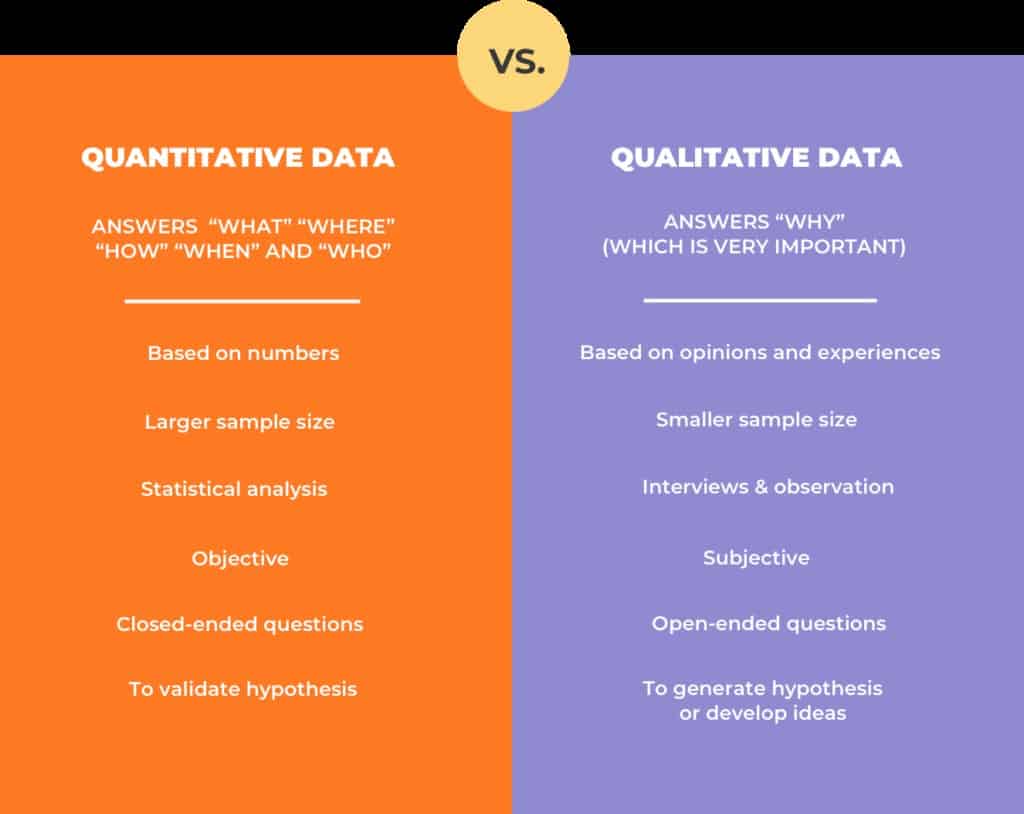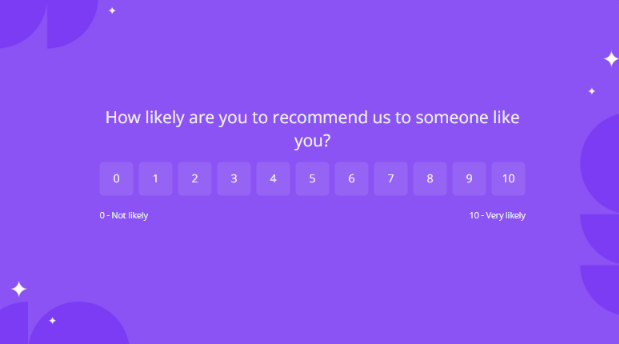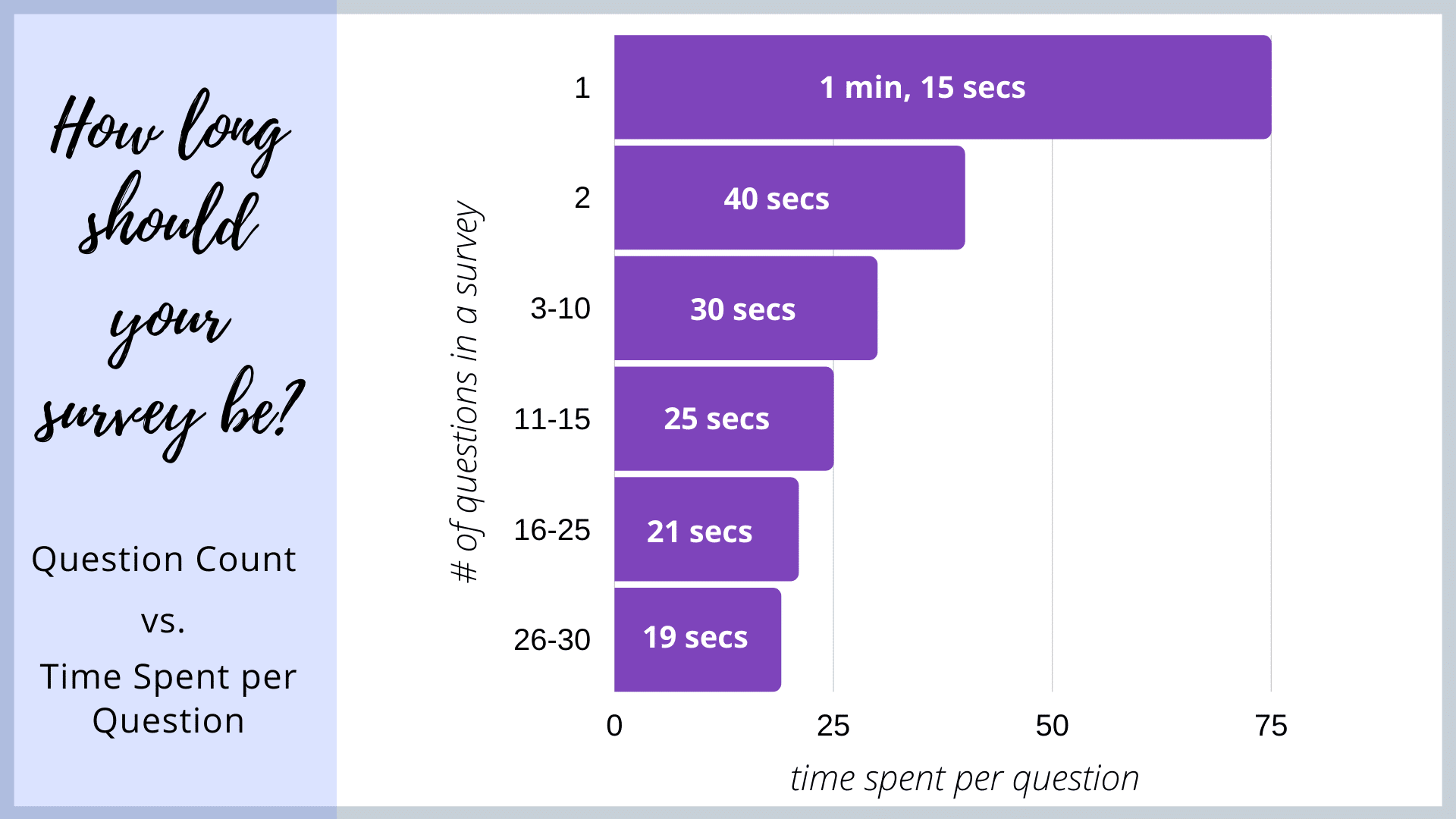Effective User Feedback: Unleashing The Potential Of Customer Input
Collecting and analysing user feedback is an integral business practice. Much more so now that customer input has all but become a requirement for success. The landscape has evolved rapidly, and we’re at a point where doing business is all about targeted customers and personalised user experiences.
Yet, many businesses still struggle to collect and analyse customer feedback meaningfully.
This article explores the power of effective user feedback and how it can help businesses build a loyal customer base to drive growth.
Table of Contents
- User feedback overview
- Why businesses should care about collecting user feedback
- What are the types of user feedback?
- User Feedback Channels
- Extracting actionable insights from user feedback
- Encouraging and incentivising users to provide feedback through gamification
- Key Takeaways
- Machine Learning In Finance: 12 Essential Applications
- How To Create Interactive Compliance Training For Bank Employees
- How Fintech Apps Are Using Gamification To Increase User Engagement
- Top Gamification Companies for Employee & Customer Engagement
User feedback overview
In recent times, it has become increasingly important for customers to have a say in certain business decisions. Customers are at the heart of any business, so it only makes sense that their input is held in high regard.
Additionally, companies must constantly innovate if they want to stay in business. Where better to get real-world data to guide their decision-making than from people who have experienced the product?
That’s where user feedback comes in.
User feedback refers to the information and insight users share about their experience with a business or its offerings. This can be a glowing five-star review on Yelp or an unhappy complaint on your company’s Facebook page.

Snapshot of in-app feedback on Uber | Source: uber.com
Either way, user feedback lets any business learn directly from its customers. Right now, there’s no better or more reliable source of real-time information about the quality of a company than from its users’ feedback.
The primary objective of collecting this feedback is to measure their level of customer satisfaction with a specific product or service. In turn, this largely impacts the business’s overall sales. After all, satisfied customers are more likely to buy again from you and to advocate for your brand over your competitors.
Why businesses should care about collecting user feedback
There are several reasons to gather feedback from your customers. First, user feedback provides unique, meaningful insights into how customers see a business.
These insights can help marketing and product managers make informed decisions and tailor their offerings to meet user expectations better. This ultimately increases customer satisfaction and loyalty.
User feedback is also a great way to test the viability of a product idea before launching it to market. With the right feedback, the product team can identify potential issues early in the design process and prevent costly mistakes.
A critical aspect of the user journey
User feedback is an essential part of the user journey. In the post-sale phase, users provide feedback based on their experience with the product or service rendered. This is one of the most important stages in the journey because it shows customers that their opinions matter. Ultimately, this is a great way to promote customer engagement and loyalty.
Lastly, user feedback helps drive innovation and differentiation. It inspires new products or services to help a business differentiate itself in the market and stay competitive.
Overall, collecting customer feedback helps businesses ensure that their product development strategy stays within the needs of their community, even as those needs evolve.
Important user feedback statistics product managers should know
- Over 97% of buyers look at reviews before making a purchase decision. — Insider Intelligence, 2018
- Over 85% trust customers’ voices more than a company’s marketing messages. — Nielsen Trust Advertising Study
- Over 80% of UK small and medium-sized enterprises (SMEs) agree that user feedback has benefited their business. — Barclays, 2018
- One negative feedback can cost a company over 22% of lost customers. — Moz, 2015
- Over 52% of global consumers p believe that companies need to take action based on customer feedback. — Customer Thermometer, 2020
- Over 90% of consumers believe innovation should be fueled by user feedback compared to 31% who think it should be fueled by hiring expert teams. — SurveyMonkey, 2019
The role of user feedback in customer-centric business strategies
A customer-centric approach is primarily focused on delivering products or services that meet the needs and preferences of their customers. In an increasingly saturated marketplace, this business model helps companies stay relevant and competitive.
Companies that put their customers at the centre of their strategies and prioritise relationship-building can be up to 60% more profitable.

Fundamentals of customer centricity Source: revechat.com
Collecting user feedback is integral to any customer-centric model because it measures customer satisfaction.
Happy customers become repeat buyers and eventually become brand advocates. At the other end of the spectrum, unhappy customers mean no repeat sales, and they ultimately move to your competitors. Not a desired outcome for any serious business.
In this way, user feedback helps businesses better understand what their customers prefer and expect over the years.
Download your free
“Gamification Guide”
Get your PDF now and start transforming your approach to digital engagement!
What are the types of user feedback?
There are different types of user feedback, each providing unique insights to businesses. The four most common types are:
Qualitative feedback
This type of feedback aims to provide nuanced information based on the user’s subjective experience. Basically, it looks at how the user perceives the product and what motivates them to take action. By providing visibility into user behaviour, qualitative feedback helps businesses make data-driven decisions about product improvements.
Open-ended survey questions, focus groups, and user testing sessions are among the most popular ways to capture qualitative feedback. However, these are often time-consuming, and the data may be too subjective to analyse correctly.
Quantitative feedback
As the name implies, this type of feedback deals with quantitative data. This refers to data that can be measured in numerical values. Examples include sales figures, age in years, height in feet, and so on.
Quantitative feedback provides more objective information because the data can be analysed and compared. It can help businesses identify trends and patterns in user behaviour and track changes over time. It is also a great way to collect UX feedback since it involves objective data.

Quantitative vs qualitative data | Source: cgsinc.com
Used together, qualitative and quantitative data provide more rounded and reliable insight into the overall customer experience.
Direct feedback
This type of feedback comes directly from users. Collecting specific feedback about user issues and concerns is a great way. This helps businesses address specific customer pain points quickly and effectively.
Companies can leverage direct feedback through live chat services, feedback forms, and support requests.
Indirect feedback
This type of feedback comes from sources other than users, such as social media comments and website analytics. It provides a broad view of user sentiment towards a brand. This helps businesses identify overall patterns and trends in user behaviour and preferences.
However, it is usually less specific or detailed than direct feedback. This might make it more difficult to quantify and analyse the data.
Consider using a mix of these types of feedback to get a comprehensive view of their users’ experiences and needs.
User Feedback Channels
Utilising user feedback to drive decision-making is a concept introduced previously. What has changed, though, are the tools and digital channels that have streamlined customer feedback collection. The key is using various methods to ensure that feedback represents the entire user base.
Some of the most popular user feedback channels include:
- Surveys — These can be conducted through email, on a website, or in person. The best part is that surveys can be tailored to specific user groups and demographics.
- User interviews — These are great for collecting in-depth information from the user. The key is to ensure that the user feels free to answer each interview question honestly.
- Online reviews — These can be collected directly through the company’s website or app; or indirectly through third-party platforms like Google Reviews.
- Social media — Facebook, Twitter, Linkedin, and other social channels can be great for collecting user feedback in real-time. These platforms can also be valuable sources of indirect feedback.
- Customer support — Customer support interactions can provide valuable feedback on user issues and concerns, whether through phone or live chat. Businesses can also collect this feedback through feedback forms.
- User testing — This is when users are closely observed as they interact with a product or service. User testing can be conducted in person or remotely and tailored to specific user groups or demographics.
- Net Promoter Score (NPS) — This asks users their likelihood of recommending a product or service based on their experience. NPS can provide direct, quantitative feedback.

Net Promoter Score Sample | Source: survicate.com
Best practices for collecting user feedback
One important thing to remember when collecting feedback is to have clear objectives. What do you hope to achieve from collecting this data? Line them up in order of importance to your company’s short and long-term goals before collecting user feedback.
Another foundational element of good feedback collection is time consciousness. When gathering feedback, companies must be conscious of how much time their customers are willing to sacrifice to provide feedback. Everyone’s super busy nowadays, so if you take up someone’s time, the quality of the feedback must be worth the effort.
For instance, a good rule of thumb when designing a survey is to keep the number of questions proportionate to how much time respondents should spend answering them. The higher the number of questions, the shorter it should take to answer each one.

How long should your survey be? | Source: outcry.io
It’s also important to target diverse user segments. By reaching out to users with different demographics, interests, or usage patterns, businesses can gain a more comprehensive view of user experiences.
Qualities of effective user feedback
User feedback must possess certain qualities to ensure you get the correct customer input for your business. These include:
- Specific — For user feedback to be valid, it must be concrete and relate to a particular objective.
- Appropriate — Put simply, know your target audience and present them with the most relevant and convenient way to collect their feedback.
- Accurate and credible — Feedback collection must be based on real, objective information.
- Timely — Users should provide feedback as close to the event as possible. It wouldn’t make sense to ask a user for feedback after using the product.
- Tied to an action plan — Good feedback is actionable. This means it is practical and can be broken down into a step-by-step plan.
- Embedded in the culture — There must be a system in place to collect user feedback and use its insights to build customer loyalty.
Extracting actionable insights from user feedback
It’s one thing to collect feedback. It’s another thing entirely to derive useful, actional insight from the data collected. Here’s how to go about it.
Categorise feedback
Start by sorting out the user feedback data into different categories. For instance, you could categorise them based on whether the feedback is positive or negative. You can also order based on the main action point of the input, such as feature requests or user complaints.
This makes it easier to pinpoint specific customer needs and expectations and patterns and trends in user feedback.
Analyse feedback
Several analytics tools can help interpret user feedback data and sort them into helpful action items. For example, you can use sentiment analysis to identify the different aspects of a brand that customers care about. You can also use it to determine users’ underlying intentions and reactions concerning those aspects.
Prioritise feedback
After analysing the feedback, the next step is to create an ordered list of action items based on their impact on user experience. This helps the business objectively identify what issues to address first.
Develop solutions and test
Continue to collect feedback to get more recent data to refine and improve the product or service. Develop and test solutions based on the prioritised feedback list. When you have a viable solution, deploy and test it again to ensure it is stable enough to iterate.
Tips for incorporating user feedback into decision-making processes
- Make data-driven decisions — Make decisions about product development or service improvement based on objective data.
- Involve stakeholders — This way, company decisions are aligned with business goals and priorities.
- Communicate changes — Keep users and stakeholders informed about changes made to the product or service.
Encouraging and incentivising users to provide feedback through gamification
Gamification is an increasingly popular buzzword in business. It is a technique for applying game design principles and elements into non-game contexts. This encourages user engagement, motivation, and participation.
Gamification can be a powerful tool for unlocking effective user feedback. Specifically, it can introduce game elements that incentivise users to do more activities, including giving more feedback. What’s more, gamification can make the process more engaging and enjoyable.
One way gamification can encourage feedback is through reward systems.
For example, when users provide feedback, they’ll earn points that can be redeemed for discounts, exclusive access to new features, or even freebies. In this way, users feel a sense of achievement, encouraging them to provide more detailed feedback.
Another way gamification can incentivize users to share their feedback is through levels or progress tracking. For example, users may earn badges or move up in ranks as they provide more feedback or reach certain milestones. This creates a sense of accomplishment and recognition for their efforts.
Gamification can also encourage users to provide feedback by making the process more entertaining and interactive. Game elements such as challenges, quests, and puzzles can motivate users to engage with the feedback process.
Related — Using Gamification in Business to Increase Performance
Key Takeaways
- Effective user feedback unlocks the “customer voice” to drive improvements in products and services.
- Without quality feedback, businesses create products or services without clear direction and hope for the best.
- To make the most of user feedback, it’s important to be proactive in collecting feedback through multiple digital channels.
- Businesses must also ensure that feedback collection processes are well-designed and convenient for users.
- Finally, businesses can use gamification to motivate their users to provide feedback.
Get started with Mambo.io gamification
You’re in the right place if you’d like to learn more about utilising gamification to encourage user feedback. The Mambo gamification software offers a robust lineup of solutions that can be deployed across a wide range of industries.
More than a mere tool, Mambo gamification software can be used for various use cases, including customer loyalty building, real-time performance management, community engagement, and more. Schedule a free demo today to get started.
Latest Posts
Machine Learning In Finance: 12 Essential Applications
The impact of machine learning on finance is significant. Thanks to this technology, financial institutions are now equipped to make efficient decisions. Through the analysis of data sets, machine learning […]
How To Create Interactive Compliance Training For Bank Employees
Banking compliance training isn’t just another task. It’s the stage where everything else performs. Banks must navigate a myriad of regulations and laws. After all, this is a trust-driven, high-stakes […]
How Fintech Apps Are Using Gamification To Increase User Engagement
Discover how gamification in fintech is revolutionizing financial engagement, making banking fun & boosting user loyalty.





